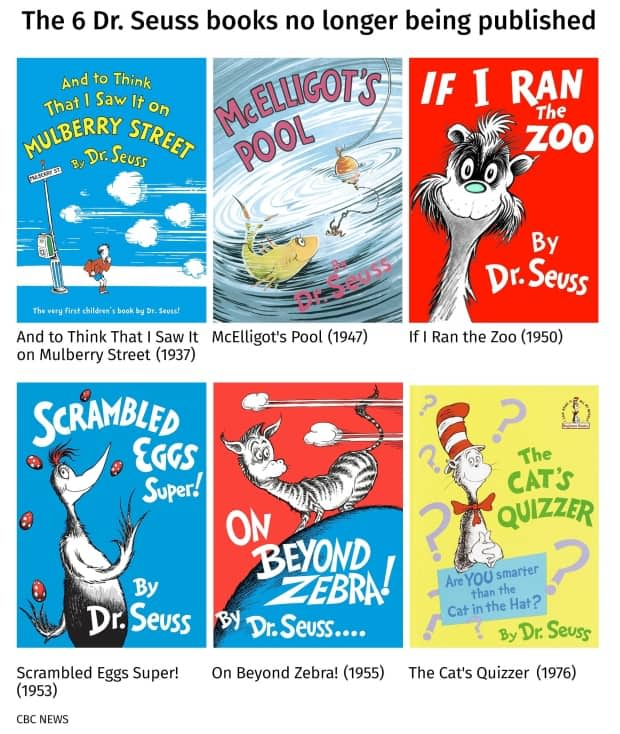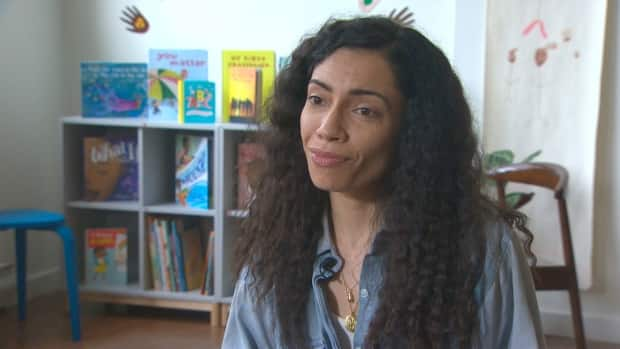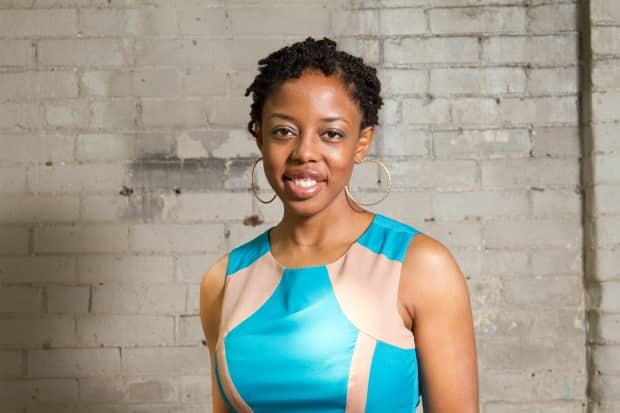Dr. Seuss on your shelf? These experts share ways to tackle problematic favourites with your kids

News this week that Dr. Seuss Enterprises will stop publishing six books by the children's lit icon — titles that "portray people in ways that are hurtful and wrong" — doesn't come as a surprise to some book-lovers, but it's forcing many others to revisit what might have been childhood favourites through a new, more modern lens.
Decades might have passed since reading one of these titles, or perhaps there's a book that you've shared with a child in your life more recently, but many are pondering just what to do. Get rid of problematic books? Just skip certain pages? Keep them around and try to explain?
It's a complex, layered discussion and one that Vancouver parent Aisha Kiani welcomes, since it can apply beyond just the six Dr. Seuss titles in the news this week.

"I'm happy that we can start talking about the lens in which stories are written," they said. "I think it's important to use [these Seuss books] to explain examples of what we don't need to be doing anymore."
Kiani has had difficult talks over literature with their own son, for instance when the youngster brought home Roald Dahl's Charlie and the Chocolate Factory after "all his friends loved it."
Be wary of nostalgia
"We kind of did a deep dive into what the characters represent, the time in which the story was written and the political background and the beliefs of the author," said Kiani.

Charlie and the Chocolate Factory, first published in 1964, saw Dahl use offensive, anti-Black colonialist stereotypes when introducing factory owner Willy Wonka's "Oompa-Loompa" workers (a characterization that was revised in later editions). More recently, Dahl's family apologized for anti-Semitic remarks the late author made during his lifetime.
We shouldn't simply succumb to nostalgia, which can result in passing prejudices and biases onto the next generation, said Kiani, who founded an educational resource highlighting books by queer, trans, Black and Indigenous authors and authors of colour. The goal of I Dream Library is to help Canadian schools and families access a greater diversity of books.
"What ends up happening is sort of a generation-to-generation subconscious bias is handed down, where we are not conscious of stereotypes that are present in story structure, dynamics, characters and the way we speak to each other in books.... Prejudices that we are then teaching our children just by the nature of sharing things that we love," they said.
"We need to feel excited about offering solutions to creating a more kind world and not hold on to these relics of the past for the sake of nostalgia."
Remember that kids 'pick up on a lot of things'
How impressionable children and young people are is something else to keep in mind: while they may be eagle-eyed in discerning certain details, they're still forming the ideas about the world around them, says children's book author and teacher Nadia L. Hohn.

"Children pick up on a lot of messaging.... They pick up on a lot of things, stereotypes and roles, and they are very aware," noted the Etobicoke, Ont.-based writer, who recalls experiencing racism from as young as kindergarten.
"[This is] the time to be aware of how the messages come across to them. And if they've seen one group in particular portrayed in a very negative light, they may start to form ideas about that group."
Books that include depictions reinforcing negative stereotypes can be harmful to some students and internalized and carried by others long afterwards, Hohn noted. Because of this, she is considerate of the books she brings to her classroom.
"I want to make sure that all the students feel affirmed, and they don't feel put down, and they feel represented, and they don't have to hide and feel like they have to be embarrassed about who they are."
Encourage critical thinking
Encountering offensive content while reading with your child might force a parent to pause, but just turning or hiding the page isn't the answer, says Toronto educator D. Tyler Robinson.
"When you skip over that work, you fail to bring an important conversation to that young person who's looking to you as the primary educator in their lives," he said.
"What they learn and what they internalize over time is that, instead of doing the hard work of being critical about racist notions, about prejudice that exists in popular culture ... it's normal for Dr. Seuss to make a children's book and it's normal for him to have racist depictions of non-white cultures."
WATCH | D. Tyler Robinson on building an inclusive mindset with his toddler:
In order to help move society to a better place, we need to dig into challenging discussions and put work into educating the younger generation, said Robinson, who led development of a new anti-racism course for high schoolers.
"That means that if you need to do a little bit of homework and you need to reach out to folks and have conversations, or you need to do some research and ... educate yourself so that you can better educate your kids, then that is what's required."
Robinson also encourages pushing children and teens to think critically about what they see. At the youngest ages, it might start with reading a book together, asking a child what they think about certain aspects and hearing their thought process.
With the Grade 12s taking his anti-racism course, he and his colleagues are marshalling conversations and teaching students to really listen before responding to what classmates are saying — "getting them to focus on the substantive differences between their opinions instead of getting into ad hominem attacks."
Just like reading and writing begins with the alphabet before gradually learning more and more sophisticated communication, a step-by-step approach is needed in teaching students anti-racist thinking and "building up their capacity to have conversations that involve conflict," he said.
Revisit with context
Children's author Hohn noted that books like the six Dr. Seuss titles can be useful for older students, teachers in training or children's literature scholars to study because "we also have to avoid the possibility [of] sweeping it under the rug like they didn't exist. All these things did exist and we need to make sure that they don't come back again."
WATCH | Seuss scholar Philip Nel on being ready for uncomfortable talks about race:
Appropriate context and being fully prepared for uncomfortable conversations are both needed to properly re-examine Seuss, whose oeuvre includes books with positive messages about treating people fairly as well as racist imagery, says Kansas State University English professor Philip Nel, author of Was the Cat in the Hat Black? The Hidden Racism of Children's Literature and the Need for Diverse Books.
"[Seuss] is on the one hand writing these parables which intend to promote equality and tolerance but he's also embedding in his books other images which do the opposite," said the children's literature scholar. "If you grew up in a racist culture, that's in your head and it stays there unless you really want to root it out."
Nel sees hope in the wider cultural shift of people being more willing to ask themselves tough questions in order to broaden their understanding.
"Some of us are more willing to ask questions.... 'What if the book that I loved as a child might be damaging to children today? What should I do? Should I continue to read that book, teach that book, or how should I teach it? What should I say about it?' And I think that's a positive development."

